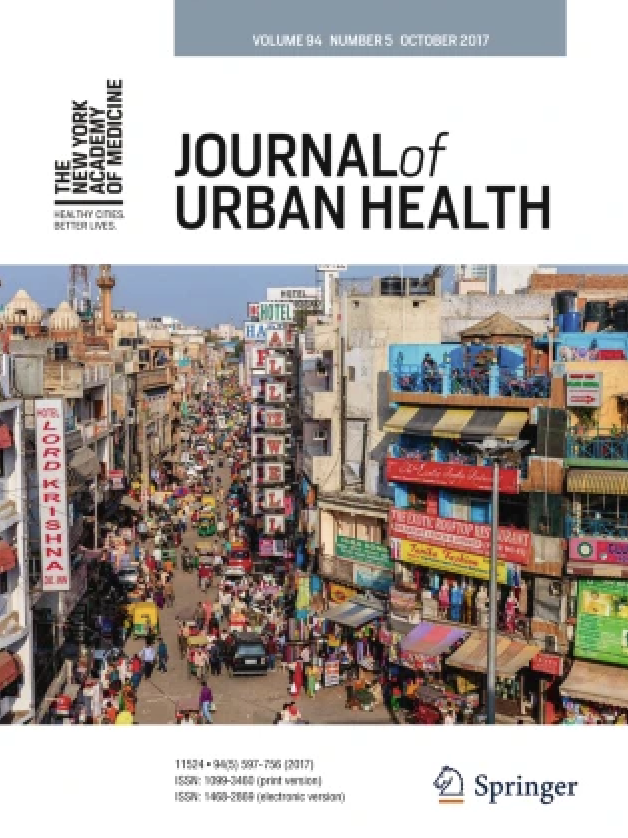Optimizing Blood Lead Level Testing for Children in New York City
Overview
This study analyzes blood lead level (BLL) rates and testing for children under six years old across 42 New York City neighborhoods from 2005 to 2021. Despite an overall citywide decline in BLLs, significant disparities at the neighborhood level remain. Utilizing k-medoids clustering and grid search optimization, the study identifies patterns and proposes strategies to allocate testing resources more efficiently, focusing on high-risk and underserved areas. The optimized approach improves case detection rates by 14.3% while maintaining equity and fairness in testing distribution.
Key Recommendations
- Detailed Tracking of BLL Data
Track blood lead levels (BLLs) at the zip code or micro-level to uncover localized trends and identify specific risk factors within neighborhoods.
- Optimized Testing Distribution
Implement the study’s data-driven testing approach to allocate resources equitably and maximize the detection of new cases.
- Awareness Campaigns
Initiate targeted outreach programs in high-risk neighborhoods through daycare centers, schools, and public transit systems to inform parents about the dangers of lead exposure and the importance of testing.
- Water Quality Monitoring
Conduct regular water quality assessments in high-risk areas like Brooklyn and Queens, and intensify BLL monitoring for pregnant women to reduce health risks and improve early intervention efforts.
Location
42 neighborhoods across New York City, focusing on areas with high BLL risk such as Brooklyn and Queens.
Faculty
Professor Juntao Chen
Resources
Data sourced from the New York Environment and Health Data Portal, public datasets from 2005 to 2021.
Project Deliverable
A peer-reviewed article titled “Analyzing and Optimizing the Distribution of Blood Lead Level Testing for Children in New York City: A Data-Driven Approach”, published in the Journal of Urban Health.


Access the full paper here.